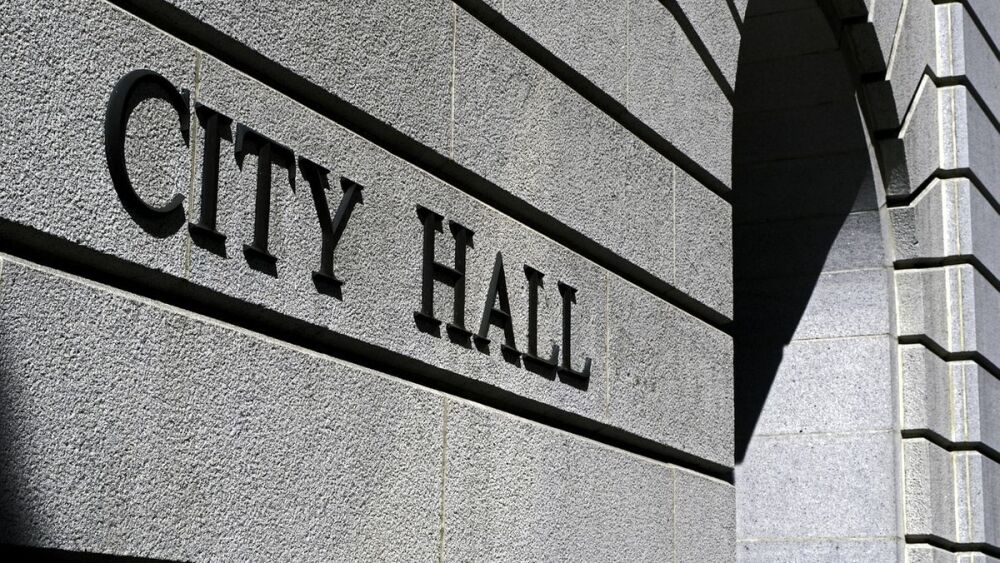CityLab
By Kriston Capps
The opinion with the greatest impact from the Supreme Court’s latest term may very well be the case that decided the future of fair housing. The Court’s decision last week in Texas Department of Housing and Community Affairs v. Inclusive Communities Project affirms that it is unconstitutional to set housing policies that discriminate implicitly against a protected minority.
This decision is as wide reaching as the court’s mandates on healthcare and marriage equality, yet its impact can be harder to understand. That’s because economic stratification and racial segregation have been built into our neighborhoods over the course of many years, even decades.
A new interactive map released by the Urban Institute shows how income inequality has shaped neighborhoods across the nation since 1990. Nationwide, the top 10 percent of income earners live apart from the bottom 10 percent of earners. From 1990 through 2010, the neighborhoods where the wealthiest Americans live have remained relatively fixed. Meanwhile, tracts where the poorest Americans live have shifted and expanded over time—and grown poorer, too.
Read full coverage here.












